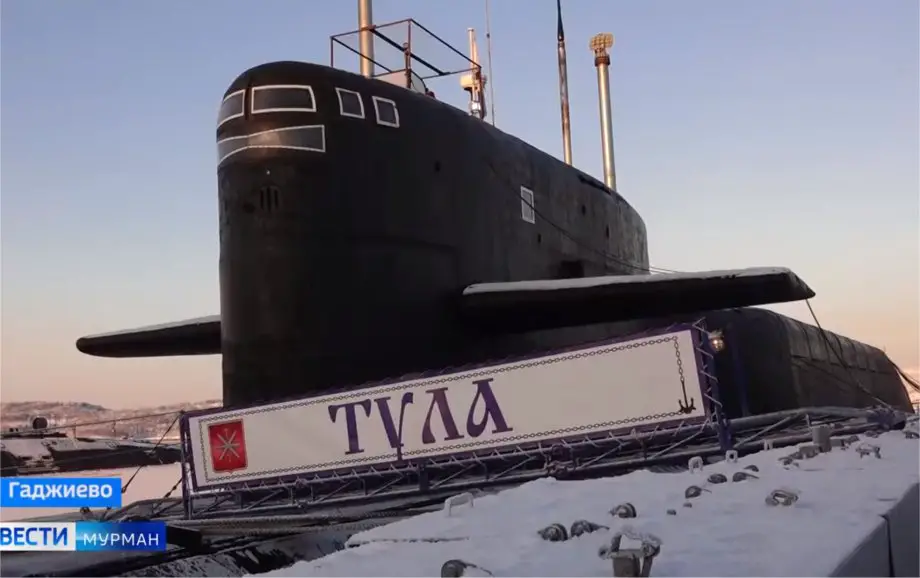Breaking news
Russian Navy begins using protective cages on nuclear submarines.
According to a picture published on Twitter on March 20, 2024, the Russian Navy has started to employ "cope cages," also known as slat armor, bar armor, cage armor, or standoff armor, on its submarines as a defensive measure against drone attacks.
Follow Navy Recognition on Google News at this link
 Russian Navy's Delta IV class submarine Tula. (Picture source: JSC PO Sevmash)
Russian Navy's Delta IV class submarine Tula. (Picture source: JSC PO Sevmash)
These protective screens have been observed on the conning towers of Russian nuclear ballistic missile submarines, such as the Delta-IV class submarine Tula. This initiative represents a significant shift in naval defense tactics, responding to the increasing threat of drones in modern warfare.
Cope cages are designed to diminish the impact of high-explosive anti-tank (HEAT) weaponry and have been previously used on tanks and other armored vehicles. Their application on naval vessels, particularly submarines, underscores the expanding scope of drone threats that now extend to the maritime domain. The Tula was the first known instance of such a submarine to be fitted with this type of add-on protection, which has become common in the conflict in Ukraine on both sides for ground vehicles.
Experts suggest that these cages serve as a protective mechanism to shield submarines, especially when they are surfaced in harbors, from aerial drone-dropped munitions. However, the practicality of these cages when a submarine dives remains uncertain, with some conjecturing they are designed to be easily removable or may serve dual purposes, such as acting as sunshades.
This adaptation indicates a broader strategy to mitigate the risk of drone attacks, reflecting the increased prevalence of drone warfare and the necessity for innovative defensive measures. The use of cope cages on submarines, a novel concept, has sparked discussions among military experts regarding its effectiveness and potential implications for naval operations. Despite these innovations, concerns linger about the absolute security of submarines from drone strikes, as successful drone attacks on other military assets have demonstrated the potential for significant damage.
Moreover, the Russian military has been exploring additional deceptive measures to protect its naval assets, including painting silhouettes of naval vessels on land and employing camouflage techniques to confuse drone operators. These strategies highlight the evolving tactics in response to the growing capabilities and threats posed by unmanned aerial and surface vehicles in modern conflicts.


























